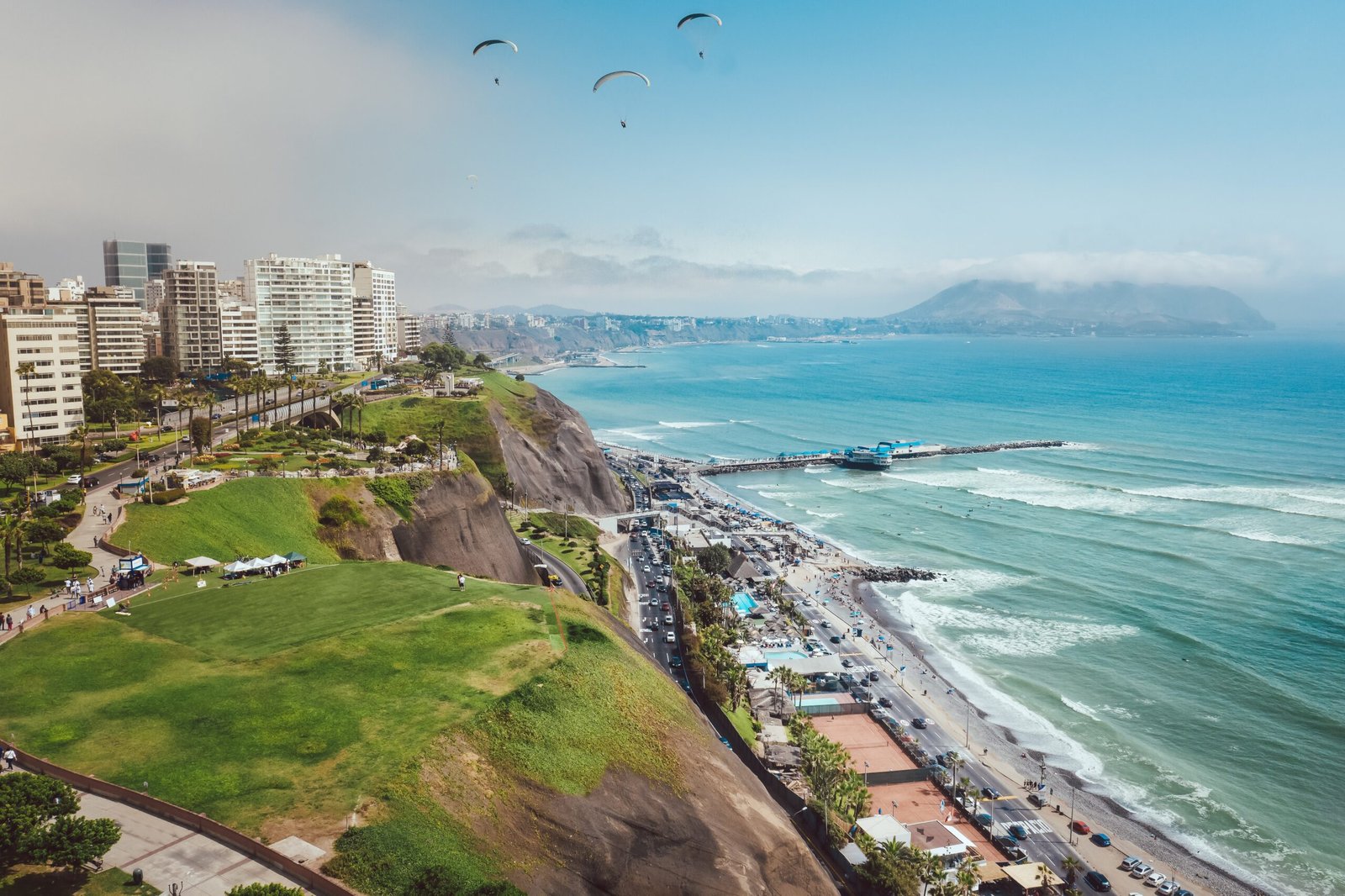The founding of Lima on January 18, 1535, by Spanish conquistador Francisco Pizarro marked a significant moment in the history of the Spanish Empire’s expansion in the New World. Originally named Ciudad de los Reyes (City of Kings), Lima became the political and administrative center of the Spanish colonies in South America. This event not only shaped the future of Peru but also played a crucial role in the cultural development of the region.
Francisco Pizarro, along with his fellow conquistadors, embarked on a journey to conquer the Inca Empire in the early 16th century. After the capture and subsequent execution of the Inca Emperor Atahualpa in 1533, Pizarro sought to establish a permanent settlement that would serve as a base for further Spanish colonization. The location chosen for this settlement was a fertile valley on the banks of the Rimac River.
The decision to found Lima in this particular location was strategic. The valley provided ample resources for sustenance and trade, with its fertile soil and proximity to the coast. Additionally, the Rimac River offered a reliable source of water, essential for the survival and growth of the new settlement.
Upon its founding, Lima quickly grew in importance as the Spanish Empire’s stronghold in South America. The city became a hub for political and administrative activities, attracting settlers from Spain and other European countries. Its strategic location allowed for easy access to other parts of the colony, making it a vital center for trade and commerce.
One of the most remarkable features of Lima is its architectural legacy from the colonial period. The city boasts numerous churches, monasteries, and palaces, many of which were constructed during the 16th and 17th centuries. These buildings showcase a unique blend of Spanish, indigenous, and Moorish influences, reflecting the cultural diversity of the time.
One iconic landmark in Lima is the Plaza de Armas, the main square of the city. Surrounded by the Cathedral, the Archbishop’s Palace, and the Government Palace, this square served as the heart of the colonial city. It was the site of important events, including declarations of independence and public gatherings.
Over the centuries, Lima has witnessed both prosperity and challenges. The city experienced economic booms during the colonial era, fueled by trade and the exploitation of natural resources. However, it also faced periods of decline and devastation, such as earthquakes and social unrest.
Despite these challenges, Lima has managed to preserve its rich historical and cultural heritage. The city’s Historic Center was declared a UNESCO World Heritage Site in 1988, recognizing its outstanding universal value. This designation has helped to safeguard the architectural treasures and ensure their preservation for future generations.
Today, Lima stands as a vibrant metropolis, blending its colonial past with modern developments. It is not only the capital city of Peru but also a cultural and culinary hotspot, attracting visitors from around the world. The city’s museums, art galleries, and gastronomic scene offer a glimpse into its diverse history and vibrant present.
In conclusion, the founding of Lima in 1535 by Francisco Pizarro was a pivotal moment in the history of the Spanish Empire’s expansion in the New World. This event shaped the future of Peru and established Lima as a political and administrative center. The city’s architectural legacy and cultural heritage serve as a testament to its historical significance. The Founding of Lima (1535) remains an enduring milestone in the story of the Spanish conquest and the subsequent development of South America.
SEO Excerpt: The founding of Lima in 1535 by Spanish conquistador Francisco Pizarro marked a significant moment in the history of the Spanish Empire’s expansion in the New World. Originally named Ciudad de los Reyes (City of Kings), Lima became the political and administrative center of the Spanish colonies in South America. This article explores the historical importance of the founding of Lima and its cultural development, highlighting its architectural legacy and the preservation of its rich heritage.

